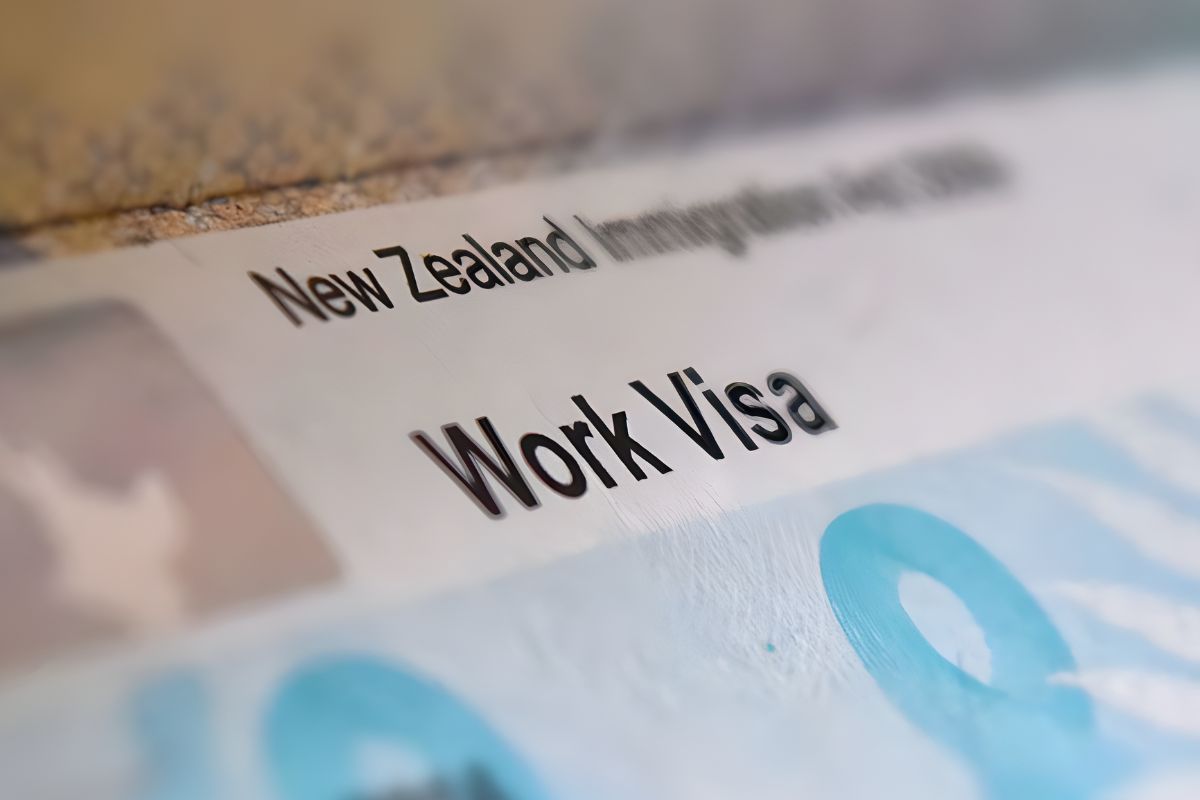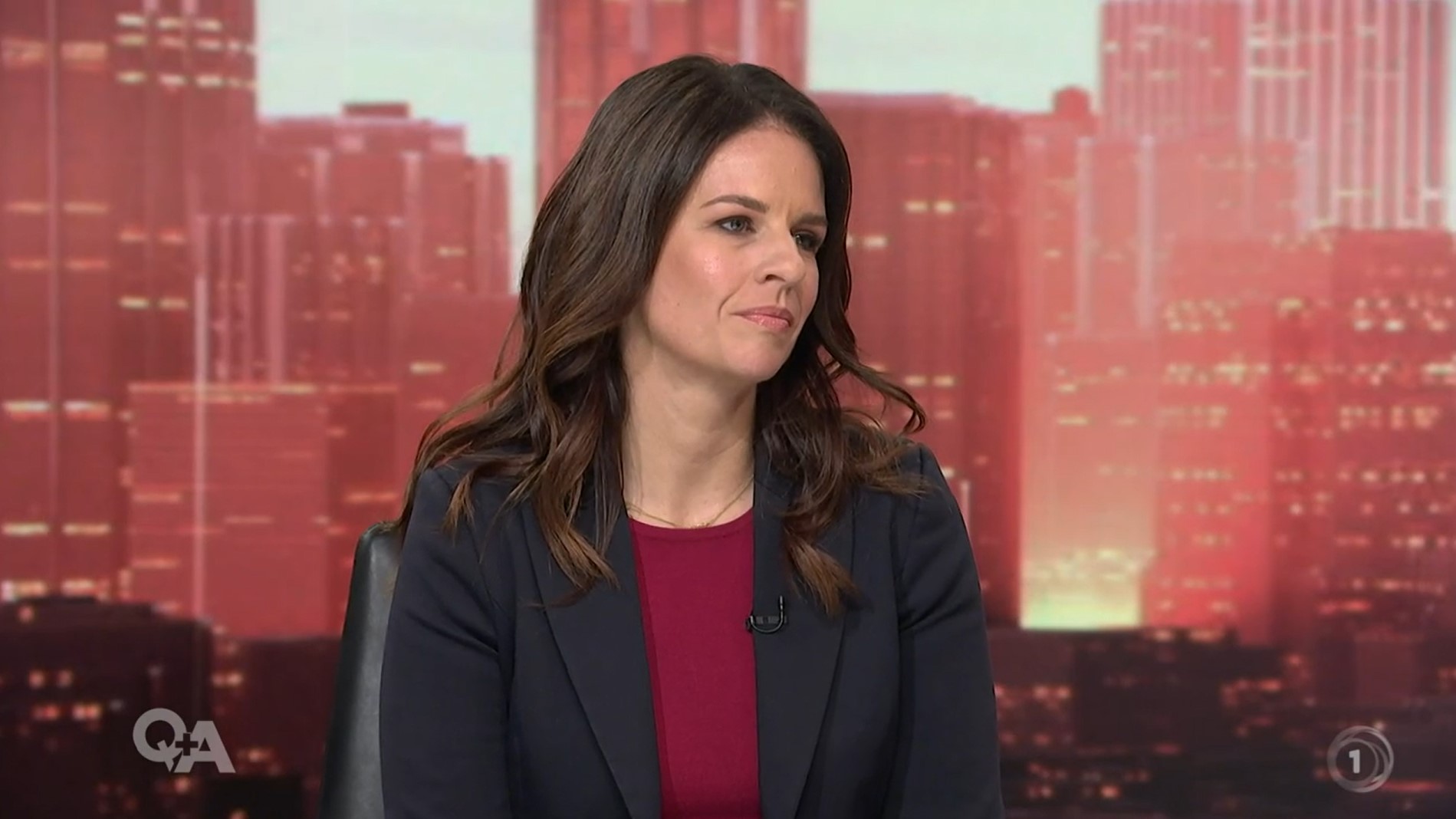New Zealand has announced significant adjustments to its employment visa program in response to a surge in migration levels deemed “unsustainable.”
The changes come after a near-record influx of 173,000 migrants into the country last year, sparking concerns over its impact on inflation and local labor markets.
Under the new measures, the government plans to introduce stricter criteria for low-skilled jobs, including English language proficiency requirements and minimum skill and work experience thresholds for most employer-sponsored work visas.

Additionally, the maximum continuous stay for many low-skilled roles will be reduced from five years to three years.
Immigration Minister Erica Stanford emphasized the government’s dual objectives of attracting and retaining highly skilled migrants while prioritizing job opportunities for New Zealanders.
She stated, “The Government is focused on attracting and retaining the highly skilled migrants such as secondary teachers, where there is a skill shortage,” highlighting the need to balance the country’s workforce needs with the interests of its citizens.
The move towards tighter visa regulations reflects New Zealand’s efforts to manage its migration intake more effectively, particularly in light of the country’s rapid population growth following the end of the pandemic.

The government aims to address labor shortages in key sectors while ensuring that local workers are not displaced by foreign competition.
The decision to revise the employment visa program aligns with similar initiatives in neighboring Australia, which has also experienced a significant increase in migration levels.
Australia recently announced plans to halve its migrant intake over the next two years, reflecting a broader trend among countries in the region to reassess their immigration policies in response to changing economic and social dynamics.





